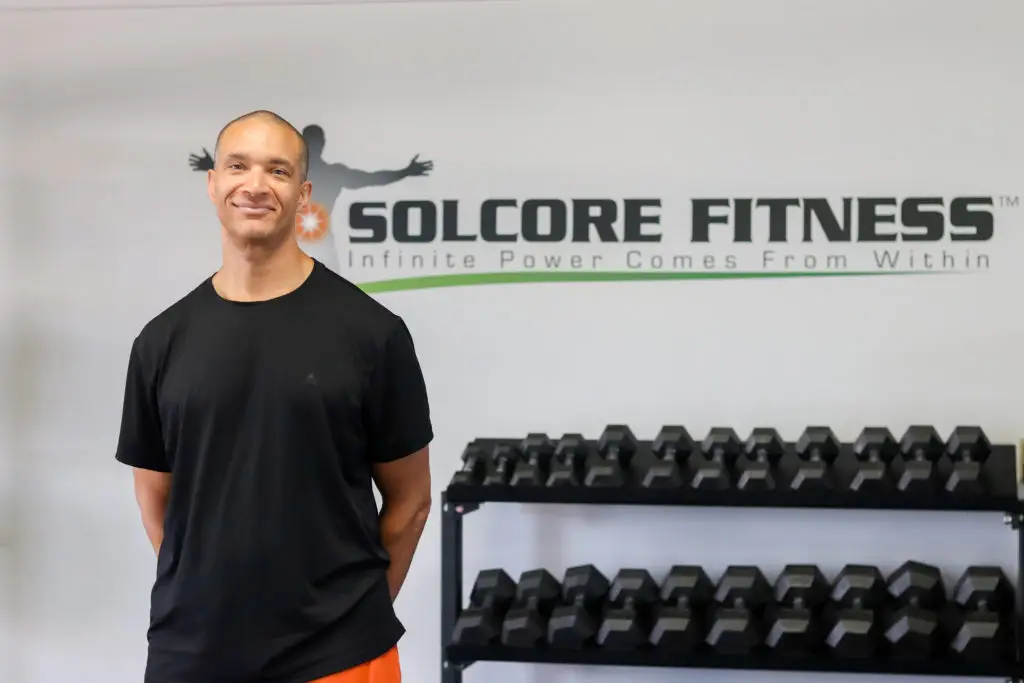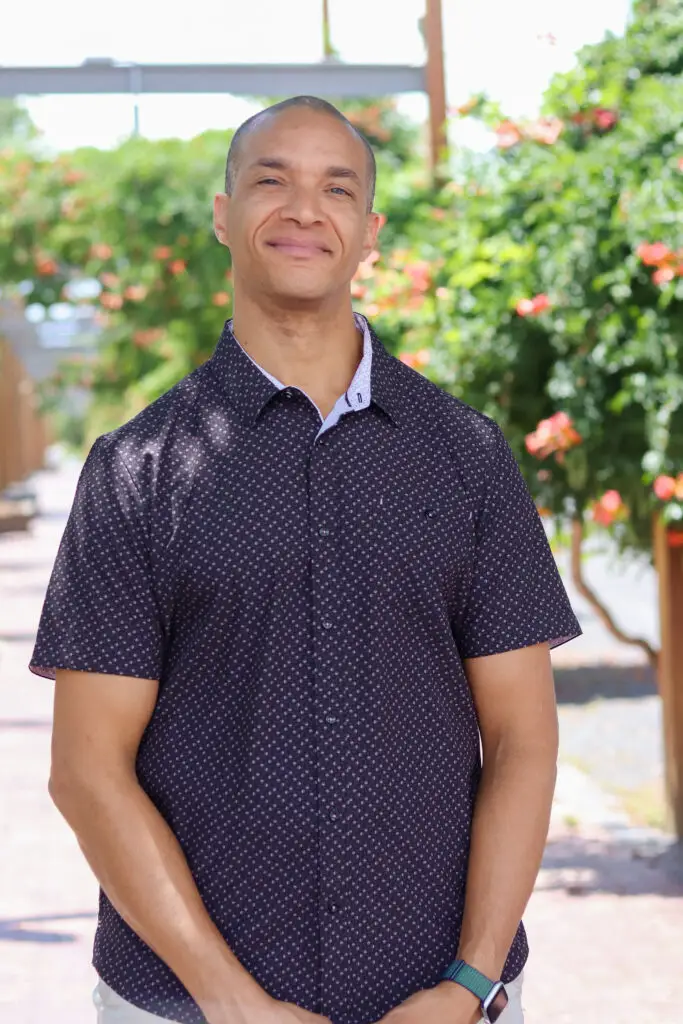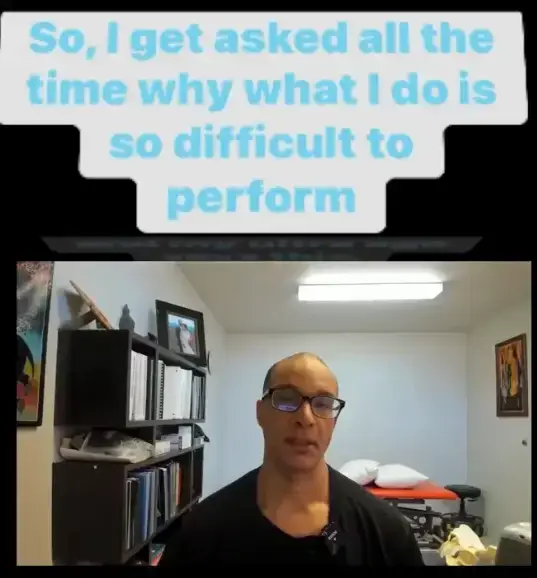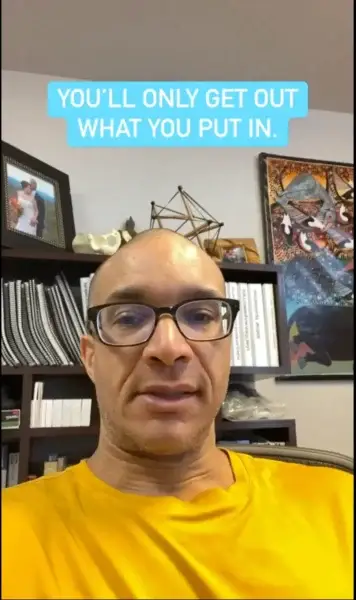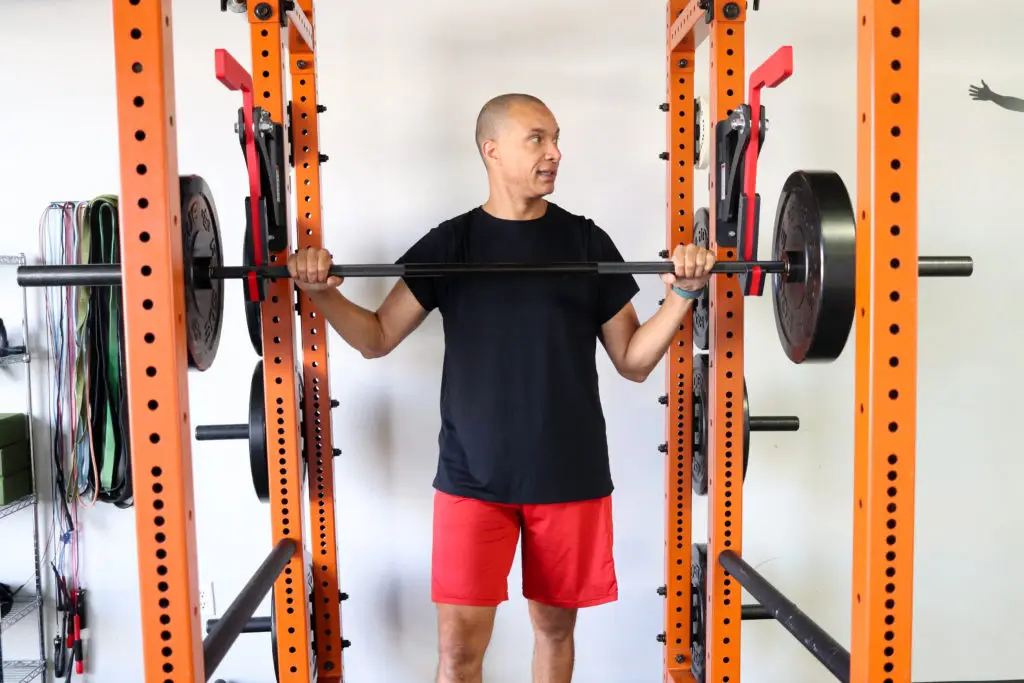
People love to repeat the phrase, “Success is a journey, not a destination.” It’s true, but it’s incomplete. Success is also something much more immediate, much more personal: a decision.
This truth applies across every dimension of life—whether you’re working to correct a postural issue, build lifelong mobility, improve athletic performance, get out of chronic pain, advance your career, or strengthen your relationships.
In my decades of coaching, from Santa Fe locals in group classes to online clients around the world, I’ve seen it hundreds of times: the real turning point isn’t when a program starts or when the big results arrive. It’s when someone finally decides—deep down—that they are going to make this happen.
What “Success Is a Decision” Does NOT Mean
Before we dig into what this mindset looks like, let’s turn over a few myths:
- You don’t get what you want by waiting for it to happen.
- You don’t get what you want by hoping someone else gives it to you.
- You don’t get what you want by quitting when things get difficult or progress is slower than you’d like.
Those approaches are passive. They depend on luck, external motivation, or flashes of inspiration that can disappear the moment stress or doubt show up.
Real success is active, owned, and deliberate.
The Three Commitments That Create Success
In health and fitness—especially in the fascia- and osteopathy-based programs we run—success tends to follow a very specific pattern of commitment.
1. Understand Your Motivations
Surface goals aren’t enough. “I want to lose weight” or “I want to feel better” might get you started, but deep, lasting motivation comes from knowing why these goals matter.
Maybe it’s:
- Being able to hike with your spouse without pain
- Staying strong and mobile enough to travel in retirement
- Avoiding the limitations a parent or grandparent experienced
When the “why” is strong, it becomes fuel for every decision that follows—whether it’s drinking water instead of soda, showing up to a class, or doing your home program before bed.
2. Set Aligned, Informed Goals
Successful people do their research. They know the difference between flashy trends and time-tested methods. They ask for help from professionals, and they choose a plan that fits their body’s needs.
That might mean:
- Choosing corrective exercise before high-impact training
- Prioritizing posture and mobility before loading more weight
- Following a progressive structure like the [HOLISTIC EXERCISE AND FITNESS PROGRAM], which integrates fascia care, strength, flexibility, and recovery
By aligning goals with reality—and with your body’s readiness—you remove major sources of frustration and injury.
3. Commit—And Keep Committing
Here’s the part most people misunderstand: Decision isn’t a one-time event. It’s something you continually reaffirm.
On days when you’re tired, busy, or unmotivated, you’ll be tempted to let the decision slide. That’s when you quietly repeat it to yourself: I’ve chosen this. I own this. I’m still doing this.
From a coaching standpoint, this repeated commitment is where transformation happens. Your fascia doesn’t remodel in a week. Strength, mobility, and postural corrections take consistent, repeated inputs. Every “yes” you say to your plan stacks, layer by layer, into the results you want.
Why Talent, Luck, and Hope Aren’t Enough
Sure, they help. But talent without hard work leads to inconsistency. Luck without preparation fizzles. Hope without action is just a feeling.
Even the rare individuals who seem “naturally” gifted succeed because they combine their advantages with planning, persistence, and discipline.
They:
- Create systems for training and recovery
- Track their progress and make adjustments when needed
- Accept that discomfort and mistakes are part of the process
- Stay “above” their emotions—using them for awareness, not as a reason to quit
The Champion’s Mindset
A champion’s mindset isn’t about arrogance or perfection. It’s about perspective. Champions know:
- Doubt will show up, and it doesn’t mean stop.
- Small, consistent improvements matter more than one big breakthrough.
- Process goals—like completing three movement sessions a week—often matter more than outcome goals, especially at the start.
- Emotions are feedback to manage, not commands to obey.
This mindset is essential for the kind of deep physical change we work on at SolCore—like reversing chronic movement patterns or opening tissues that have been tight for decades.
Success in Health Means Playing the Long Game
Biotensegrity, fascia remodeling, and neuromuscular re-education all require time. Sometimes weeks, sometimes months. In this way, health is like nature: you can’t rush a plant to grow faster by yanking at it. You give it the right conditions, over time, and let the process work.
The decision to succeed is what keeps you showing up for those conditions—even when you can’t see the results yet.
Client Story: Maria’s Turning Point
Maria came to me with years of hip and lower back discomfort. She’d tried workouts before but always dropped off after a month or two. This time, she decided it would be different.
Her “decision moment” came after we talked about her real motivation—being able to play with her grandkids without fearing pain or stiffness. Armed with that why, she chose to follow my program fully: showing up to semi-private sessions twice a week, hydrating daily, and practicing her home stretches.
There were setbacks, weeks when progress felt slow. But she kept reaffirming her choice to succeed. Six months later, not only was she pain-free, but she was hiking again for the first time in years.
Turning Decision Into Daily Action
Here’s how you can apply this same principle:
- Write your goal and your “why” — put it where you see it every day.
- Choose one or two specific behaviors that directly support that goal.
- Decide to do them—and do them, even on low-motivation days.
- Track your wins weekly, not just your setbacks.
- Get coaching and accountability to help you stay on course during inevitable dips.
Remember: Success Is Many Decisions
While there’s a first “line in the sand” moment where you commit, success is sustained by countless small choices afterward. Drink water instead of soda. Do your stretches before bed instead of skipping them. Go to your class even if it’s raining.
Each decision reinforces the identity of someone who follows through. And that identity creates results.
If you’re ready to stop waiting and start deciding, we can help. The HOLISTIC EXERCISE AND FITNESS PROGRAM is designed to support that decision—with expert assessment, a progressive plan, and ongoing guidance to make every next “yes” easier.
It’s not just working out, it’s building a foundation for a better life.
Find out more @

